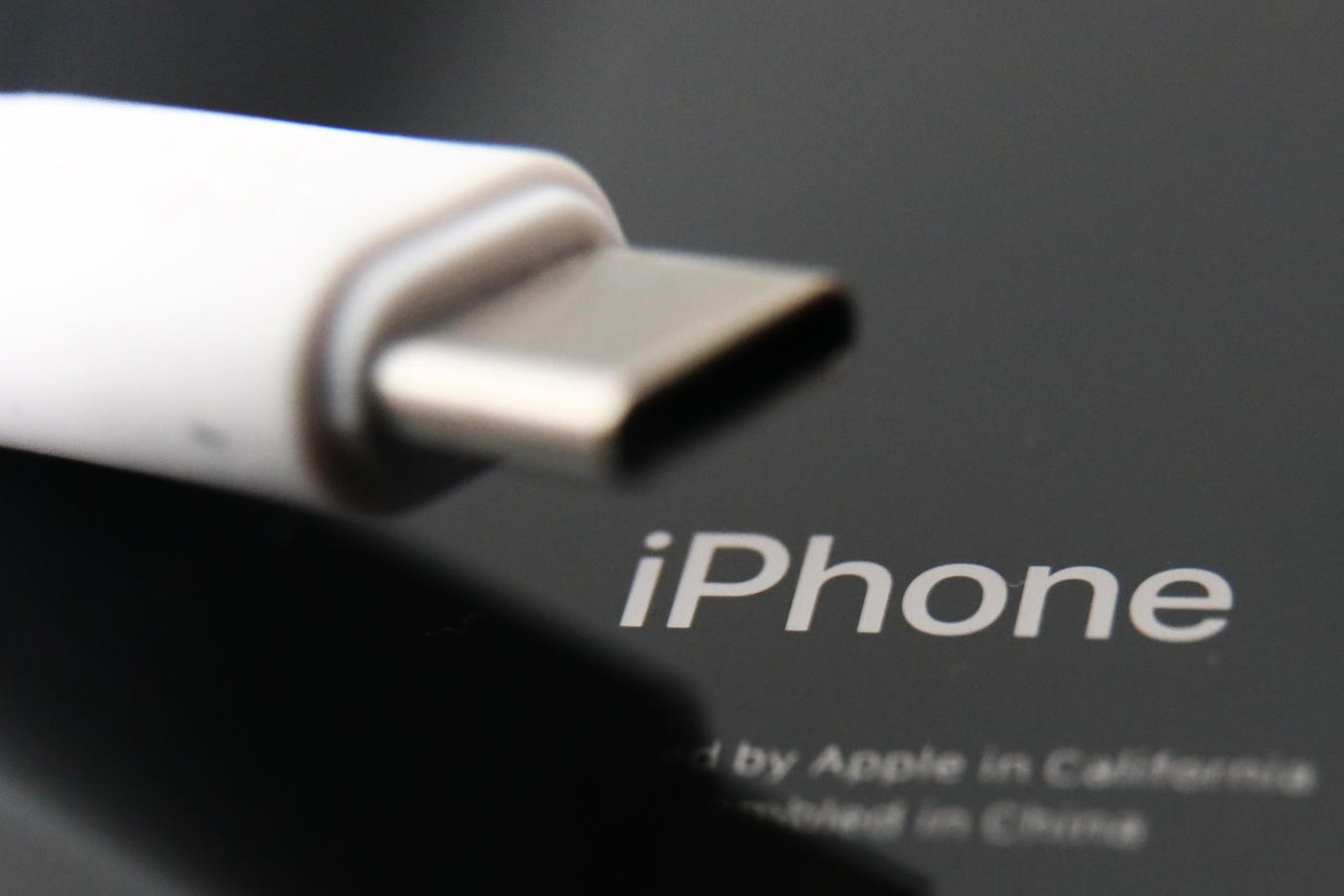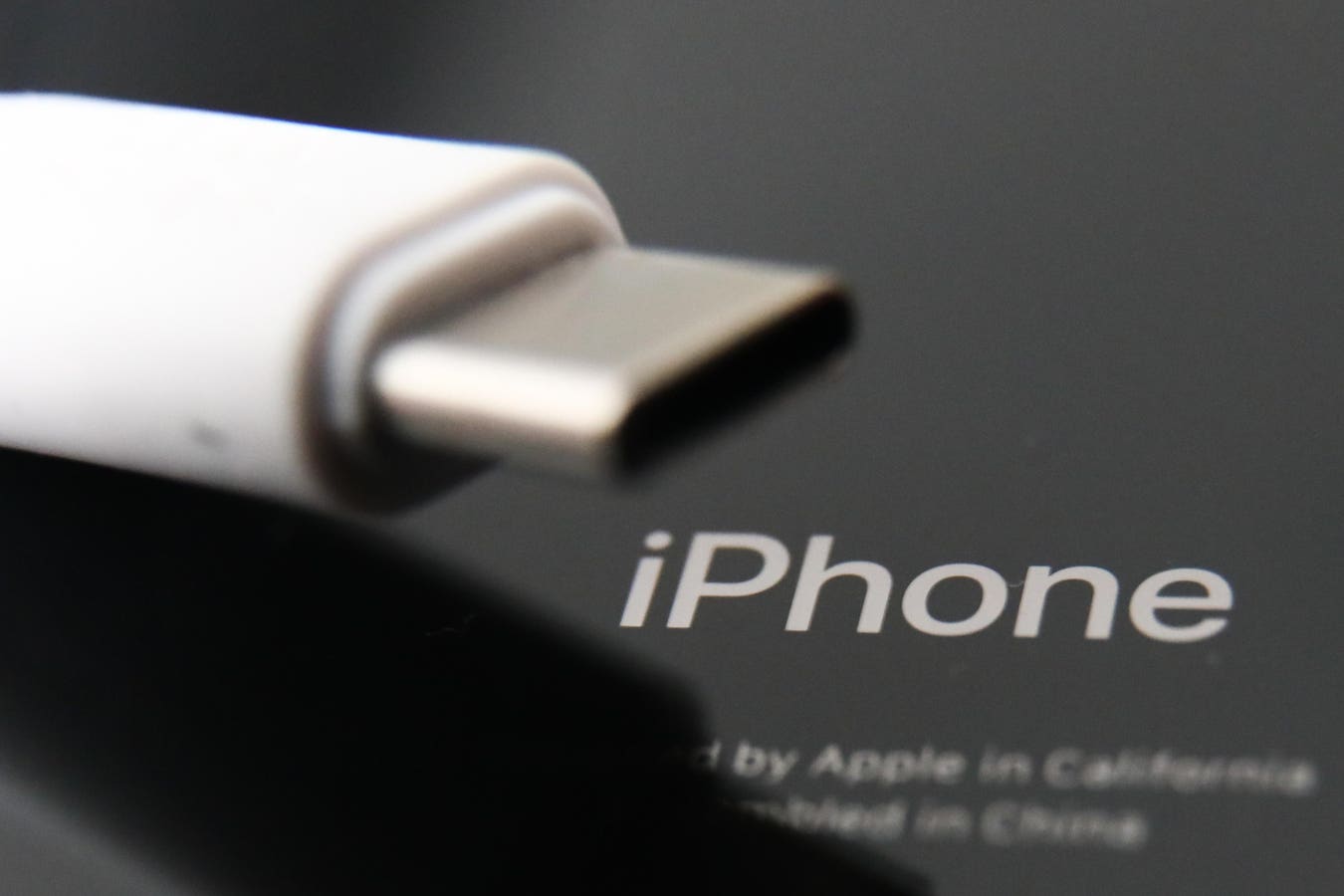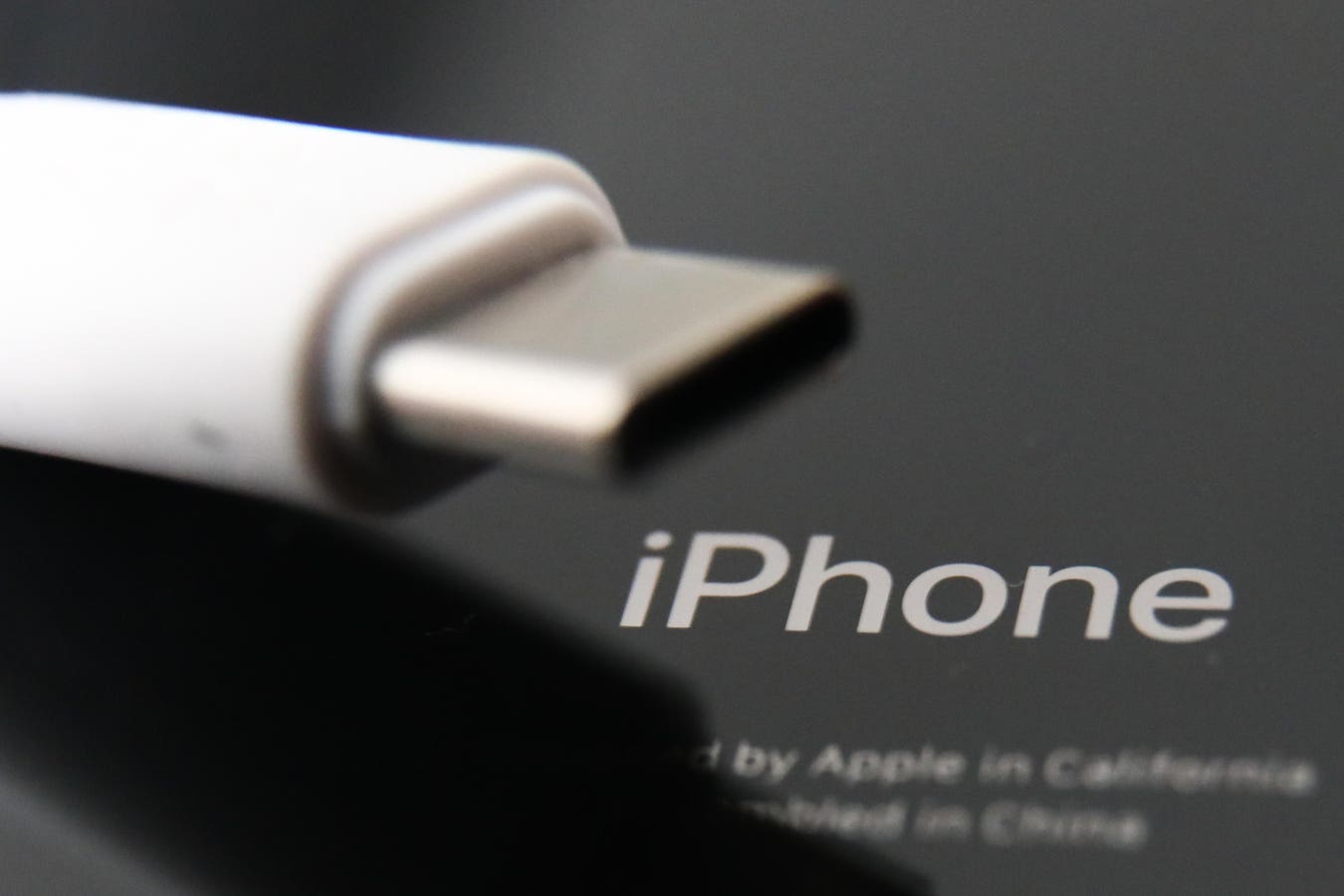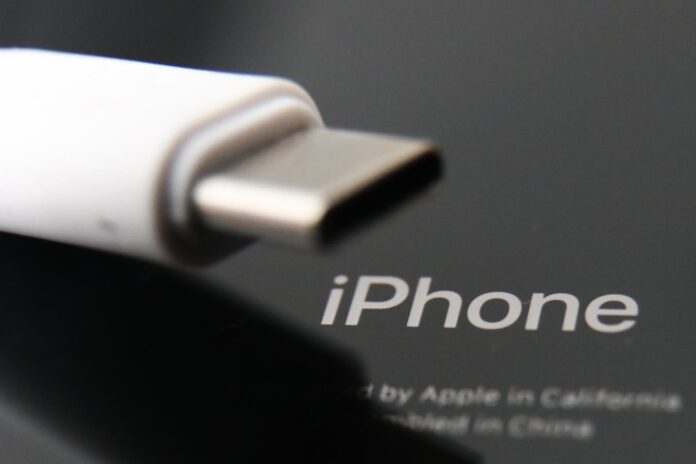Breaking News: The Unwelcome Surprise in Your iPhone – What You Need to Know
In a shocking turn of events, Apple’s latest iPhone model has fallen victim to a startling security breach. The iPhone’s latest USB-C port has been hacked, leaving users vulnerable to data theft and other malicious activities. This unprecedented incident has left millions of iPhone users worldwide on high alert, wondering how they can protect themselves from this unexpected threat.

The Thomas Roth iPhone USB-C Hack: A Comprehensive Overview
Understanding the Threat

A recent discovery by security researcher Thomas Roth has shed light on a potential vulnerability in the Apple iPhone’s USB-C controller. This hack, which was presented at the 38th Chaos Communication Congress, has significant implications for iPhone security.
The ACE3 custom USB-C controller, introduced in the iPhone 15 and iPhone 15 Pro series, is a “full microcontroller running a full USB stack connected to some of the internal busses of the device.” This chip is responsible for managing USB power delivery and connects to some of the internal busses of the device, making it a potential target for hackers.
Roth, also known by the hacker handle of stacksmashing, describes themselves as a security researcher who “creates videos on reverse-engineering, hardware security, and everything else I find interesting.” After attempting different software avenues of attacking the USB-C controller, including building a small “fuzzer” and finding a timing side-channel attack to enumerate available commands, all with no success, Roth determined it was time to turn to hardware attacks because ACE3 implemented firmware personalization.

The Impact of the ACE3 Chip
The ACE3 chip is a complex component that plays a critical role in the iPhone’s USB-C functionality. As a “full microcontroller running a full USB stack connected to some of the internal busses of the device,” it presents a potential target for hackers. The chip’s firmware personalization feature, which is designed to provide an additional layer of security, ultimately proved to be a vulnerability that Roth was able to exploit.
The Hacking Process
Reverse Engineering and Side-Channel Analysis
Roth used reverse engineering and side-channel analysis to enumerate available commands on the ACE3 chip. This involved analyzing the chip’s behavior and identifying potential vulnerabilities that could be exploited. By using these techniques, Roth was able to gain a deeper understanding of the chip’s functionality and identify potential weaknesses.
Electromagnetic Fault-Injection
Roth also exploited electromagnetic fault-injection to achieve code execution on the ACE3 chip. This involved using electromagnetic pulses to disrupt the chip’s normal functioning and create a vulnerability that could be exploited. By using this technique, Roth was able to gain control of the chip and execute arbitrary code.
Dumping the ROM and Analyzing Functionality
Once Roth had gained control of the ACE3 chip, he was able to dump the ROM and analyze the functionality of the chip. This involved extracting the chip’s firmware and analyzing its behavior. By doing so, Roth was able to gain a deeper understanding of the chip’s vulnerabilities and identify potential weaknesses that could be exploited.
Implications for iPhone Security
Android Users Can Relax
Roth stated that the research does not have much impact beyond the iPhone/MacBook, so Android users can relax. This is because the ACE3 chip is a custom component that is unique to Apple devices, and the vulnerability that Roth exploited is specific to this chip.
Potential Risks for iOS Users
However, Roth warned that the most significant difficulty is how anyone can begin to research a chip in a device for which there is no available documentation or firmware. This means that iOS users may be at risk if they use USB-C devices or cables that are not secure.
Practical Aspects for iPhone Users
iPhone users should be cautious when using USB-C devices and ensure that they are using secure cables and adapters. This includes being mindful of the sources of their USB-C devices and avoiding the use of untrusted or unknown devices.
Next Steps
Apple’s Response
Apple has not yet commented on the hack, but it is likely that the company will take steps to address the vulnerability. This may involve releasing a software update or patch to fix the vulnerability, as well as providing guidance to iPhone users on how to protect themselves.
Research and Development
The discovery of the ACE3 chip’s security vulnerabilities highlights the need for ongoing research and development in the field of hardware security. This includes the development of new technologies and techniques that can be used to protect against hardware-based attacks.
Best Practices for iPhone Users
iPhone users should stay informed about the latest security threats and take steps to protect their devices. This includes using secure cables and adapters, being mindful of the sources of their USB-C devices, and avoiding the use of untrusted or unknown devices.
Conclusion
Conclusion: The Apple iPhone USB-C Hack Exposed – What It Means for You
In the recent exposé on the Apple iPhone USB-C hack, Forbes shed light on a critical vulnerability that leaves users exposed to potential data breaches and security risks. The article revealed how hackers can exploit a software issue to gain unauthorized access to an iPhone’s storage, compromising sensitive information such as photos, contacts, and messages. The key takeaway is that users need to take immediate action to secure their devices, including updating to the latest iOS version, enabling two-factor authentication, and using strong passwords.
The implications of this hack are far-reaching, as it underscores the importance of prioritizing device security in today’s digital landscape. With an estimated 1.5 billion active iPhone users worldwide, the potential impact is significant. As we move forward, it is crucial for Apple to address this vulnerability and implement robust security measures to protect its users. Users, on the other hand, must remain vigilant and proactive in safeguarding their digital assets.
In the wake of this exposé, one thing is clear: the stakes have never been higher. As the boundaries between the physical and digital worlds continue to blur, it is our collective responsibility to stay informed, adapt, and innovate. As Forbes so aptly puts it, “the era of vulnerability is over – it’s time for the era of resilience.”
